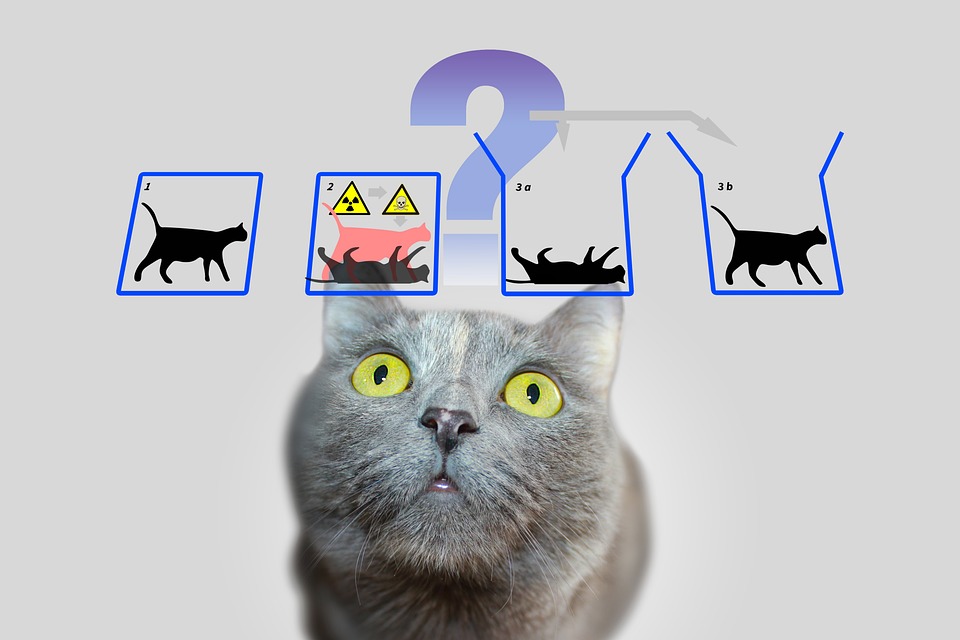In an age where digital interactions and transactions dominate our daily lives, the need for robust online security has reached unprecedented heights. As technology advances, so do the methods of securing sensitive data. Among these innovations, quantum computing stands out as a formidable force, poised to revolutionize the field of cryptography and reshape the landscape of online security.
Understanding Quantum Computing
At its core, quantum computing harnesses the principles of quantum mechanics to process information. Unlike classical computers, which rely on bits (0s and 1s) to perform calculations, quantum computers utilize qubits—quantum bits that can exist in multiple states simultaneously. This unique property, known as superposition, allows quantum computers to perform complex computations at speeds unimaginable by traditional standards.
The Threat to Conventional Cryptography
Current cryptographic systems, especially those based on algorithms like RSA and ECC (Elliptic Curve Cryptography), rely on the difficulty of certain mathematical problems—factoring large numbers and solving discrete logarithms. However, quantum computers threaten to undermine these systems through algorithms such as Shor’s algorithm, which can efficiently factor large integers and compute discrete logarithms.
With the potential of a sufficiently powerful quantum computer, conventional encryption methods may be rendered obsolete, exposing sensitive data, financial transactions, and personal communications to unprecedented levels of risk. This impending threat has spurred researchers and cybersecurity experts to explore quantum-resistant cryptographic solutions.
Quantum Cryptography: A New Frontier
In response to the challenges posed by quantum computing, a new field known as quantum cryptography has emerged. Quantum cryptography leverages the principles of quantum mechanics to create secure communication channels that are virtually unbreakable.
Key Principles of Quantum Cryptography
-
Quantum Key Distribution (QKD): At the heart of quantum cryptography is QKD, which enables two parties to generate and share a secret key securely. Using quantum bits (qubits), QKD employs the properties of quantum mechanics, such as superposition and entanglement, to detect any eavesdropping attempts. If an unauthorized party tries to intercept the quantum transmission, the key is compromised, and the legitimate users are alerted.
-
Heisenberg Uncertainty Principle: This principle states that certain pairs of physical properties, like position and momentum, cannot be precisely measured simultaneously. In the context of quantum cryptography, an intercepting measurement will alter the state of the qubits, signaling that the communication has been tampered with.
- Entanglement: Two qubits can be entangled, meaning the state of one qubit is dependent on the state of another, regardless of the distance separating them. This feature can be utilized to ensure secure key sharing over vast distances, reinforcing the integrity of the communication process.
The Future of Online Security
As quantum computing and quantum cryptography continue to evolve, several key considerations for the future of online security emerge:
1. Post-Quantum Cryptography: A global standards initiative is underway to develop cryptographic algorithms resistant to quantum attacks. These algorithms aim to safeguard data against the advancements of quantum computing, ensuring a smooth transition for organizations using existing cryptographic systems.
2. Integration and Transition: Businesses and governments must proactively integrate quantum-resistant cryptography into their existing infrastructures. This transition involves not only updating software but also educating employees and stakeholders about the potential risks associated with quantum threats.
3. Continued Innovation: Researchers are racing to find more efficient and practical applications for quantum computing in cryptography. As innovation continues, new methods will likely emerge, further enhancing online security.
4. Awareness and Preparedness: The broader public must be informed about the implications of quantum computing on cybersecurity. Understanding the severity of the threat and the measures necessary to counteract it will be essential as quantum technology progresses.
Conclusion
The intersection of quantum computing and cryptography represents both a challenge and an opportunity for online security. While the potential of quantum computing threatens to dismantle conventional cryptographic systems, quantum cryptography offers a promising pathway toward creating a secure digital future. As we navigate this uncharted territory, collaboration among researchers, governments, and industries will be vital to ensuring that our online interactions remain protected against the evolving landscape of cyber threats.
By embracing innovation and preparing for the quantum revolution, we can foster a safer, more secure digital environment for all users.



